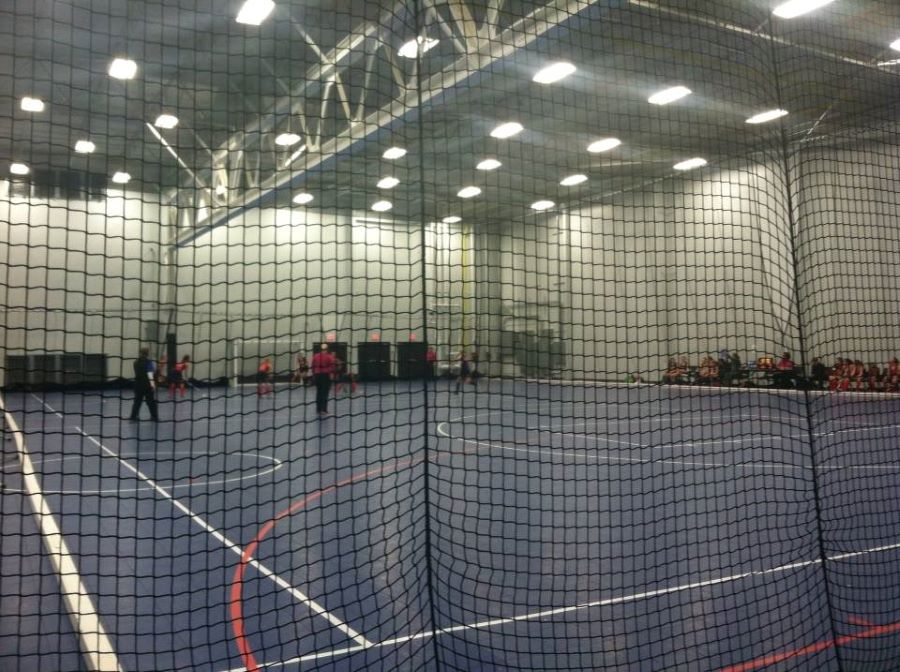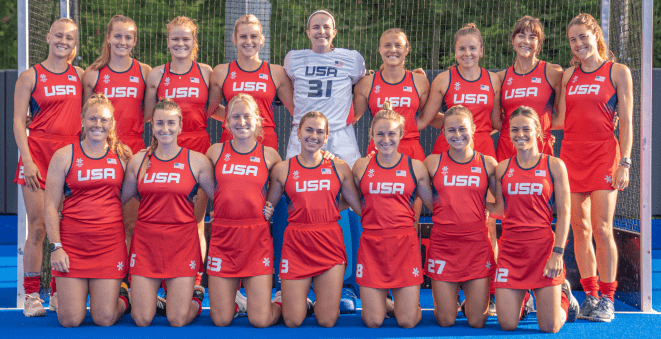No, indoor field hockey is not the same thing as ice hockey.
It’s a condensed version of the outdoor game with a different set of rules. Some of them are transferable and tightened, but the game’s format is an entirely different beast.
For starters, the pace of it is much faster. It improves all who participate, from players to umpires, and even coaches. The indoor game ups everyone’s abilities.
USA Field Hockey is preparing to host its annual National Indoor Tournaments. The tournaments are scheduled to be held in February and March at both The Nook in Manheim, Pennsylvania and The Greater Richmond Convention Center in Richmond, Virginia.
New to the sport? There are five players plus one goalie on each side. And, the game is played on a smooth surface.
Here are a few contentious plays, as well as comments overheard from around the courts and from the above mezzanines.
All the following are based upon the International Hockey Federation (FIH) Rules of Indoor Hockey, 2022 and have been vetted by USA Field Hockey umpire managers:
“Drilling!” Drilling is technically not a term used in the Rules Book, but it does fall under the ‘Danger Rule.’ A player can’t play the ball dangerously, so when an athlete deliberately forces a hard ball into an opponents’ stick, feet, or hands, or into an opposing player who is in a “set” or “stationary” three meters away, it creates a risk for injury, otherwise, known as dangerous. A ball cannot be forced through a space that doesn’t exist. Additionally, an athlete can’t turn or spin blindly to try to forcefully push the ball through a nearby defender.
“Why are you calling that? Because it’s trapping.” Players cannot trap a ball against the board to gain an advantage or prevent an opposing player from contesting the ball. A player in possession of the ball may not be “trapped” either in the corner of the pitch or against the sideboards by opponents with their sticks flat on the floor. Opponents must leave an outlet of reasonable size, which the ball may be played. The outlet once given may not be closed. The space given must be used and uncontested. Out is out. FIH wants movement and the ball in play. An umpire is allowed to tell the player in possession of the ball where the opponents have given them an opening to use. ?
“Lifted!” An athlete can intentionally lift the ball when the player is inside the circle and shooting at the goal. Unlike outdoor, intentional lifts of the ball during play outside the circle are not part of the indoor game. Indoor is designed to keep the ball moving along the floor, and under four inches. If the ball becomes airborne that wasn’t a shot, and it doesn’t disadvantage the opponent, play should continue. If the opponent is disadvantaged, the athlete who caused the ball to become airborne should be penalized.
“Bobbles!” They are incidental lifts that are judged on whether this action is an advantage or disadvantage to play. If an athlete receives a ball and it lifts a little while they are not under pressure, they continue to play. If the player receives a ball, bobbles it, and is under pressure, the advantage goes to the other team that didn’t bobble the ball.
“3 points!” Players may not use a hand, knee, arm, or hip to extend their base of support and add additional support. When someone yells out “Three points,” what they’re basically saying is, ‘”Hey! That player has more than three points down.” It’s situational when an athlete can have two feet and two hands touching the floor and not be in violation of the rules. At any given time, a non-goalkeeper who is on the ground should be able to support themselves with just their feet. When playing the ball, only your feet and stick may be in contact with the floor. For purposes of safety and unfair advantage, a player may not lie on the floor or use a knee, arm, or hand for support. Skillful play is expected.
“Swinging or hitting!” That type of play is illegal. If the ball is in the air from a shot at goal, a goalkeeper or defender deflection, it may not be played with a stick moved deliberately at the ball while it is in the air, ie.,a swing. A stick that is dead can block or deflect a ball that is in the air. Otherwise, a bouncing ball from a shot or defended deflection must be allowed to settle on the floor before it can be played.
“3 meters!” Players defending a free push are expected to be a minimum of three meters from the placement of the ball. If the defender is caught within three meters at the free push, they must remain uninvolved and not influence play until the ball has traveled three meters. If the defender remains passive, play is not interrupted. If the defender caught fewer than three meters plays or tries to play the ball, they are penalized. For a free push for the offense, located in their scoring half of the court all players, other than the player taking the free push, all other athletes must be three meters away from the ball placement. On an attacking free push in the attacking half of the court, the ball must accumulate three meters of movement before it is played into the circle.
Thousands of competitive indoor athletes are spending weeknights preparing for USA Field Hockey’s National Indoor Tournament. The growing list of teams that have qualified can be found on USA Field Hockey’s website.




